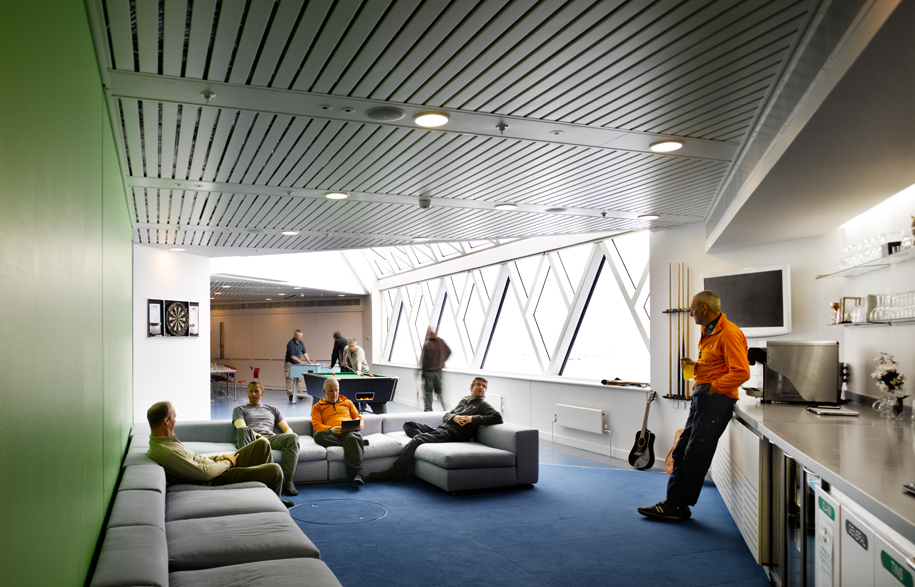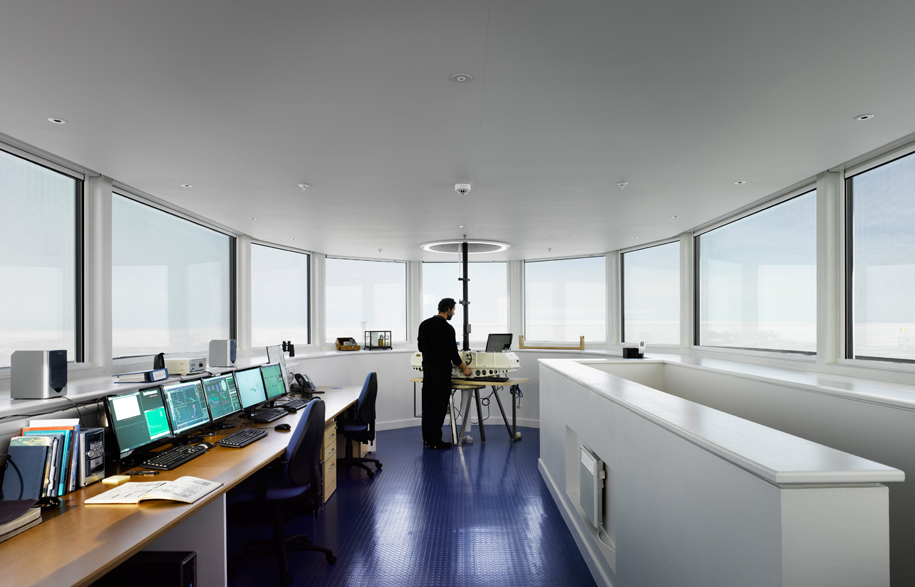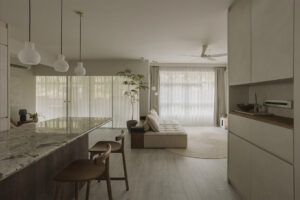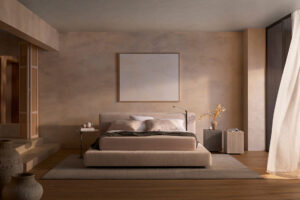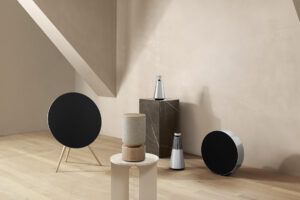We’re soon to live in the age of the Internet of Things, where everything from the suspension bridge you drive across, to the cup you drink from will be linked up to the online world. The next frontier of this technology is about to take over the home.
There will be 4.9 billion connected devices this year according to Gartner – a figure that is going to rise to 25 billion by 2020. Meanwhile, 71 per cent of Australians feel that “they are always looking at a screen these days”, according to Ipsos UK. In this scenario, where technological advancement and public sentiment are at odds, the oldest sci-fi cliché in the book will need a new, considered design in order to be truly liveable.
The Internet of Things has huge potential to change how life is acted out in the home. A web of interconnected devices will enable us to control aspects of our dwellings while we are away, regulate the environment and increase security. A stand-out innovation which is bringing us closer to this reality in 2015 is called Mother, a home and family monitoring system by Paris-based tech startup Sen.se.
Although the sci-fi credentials of the connected home are seductive, it’s largely design that will preserve the things that we treasure about notions of home – ritual, togetherness, calm, and relaxation. Meanwhile, it’s going to be resourceful layouts, clever zoning, multifunctional spaces and innovative materials that will provide the answers to our array of 21st-century obstacles.
Photography by James Morris.



